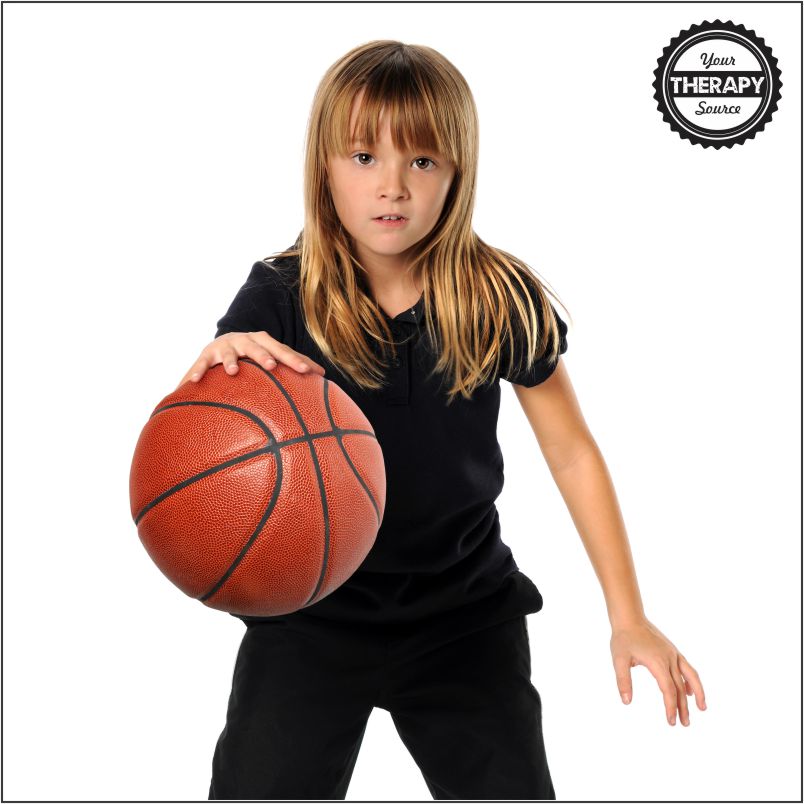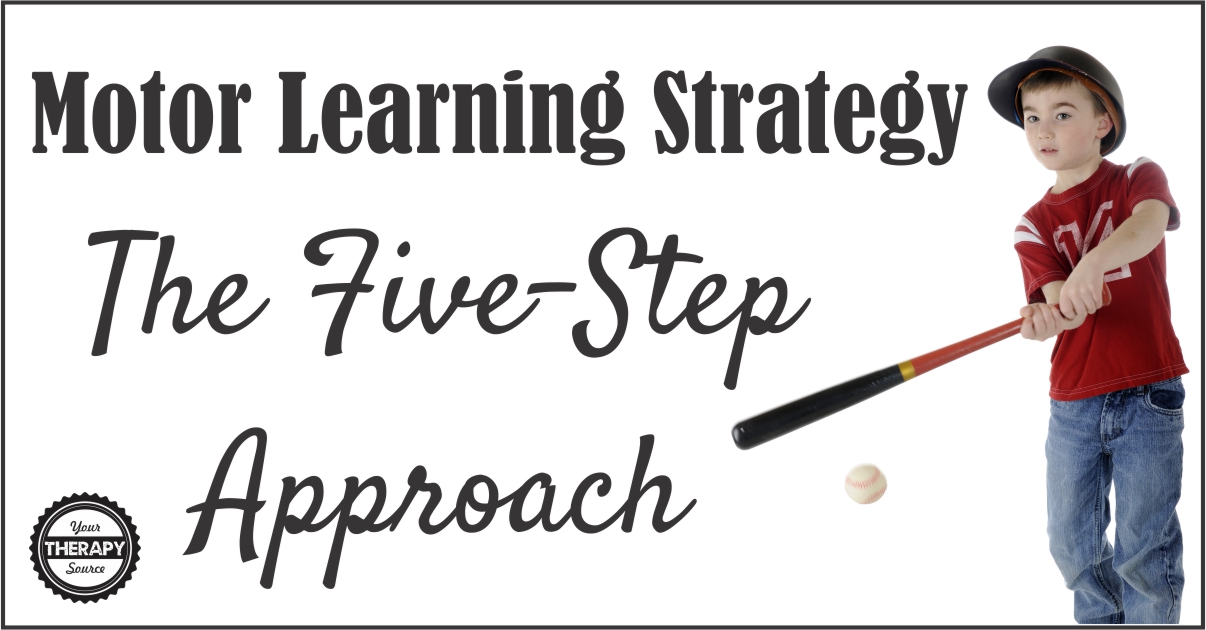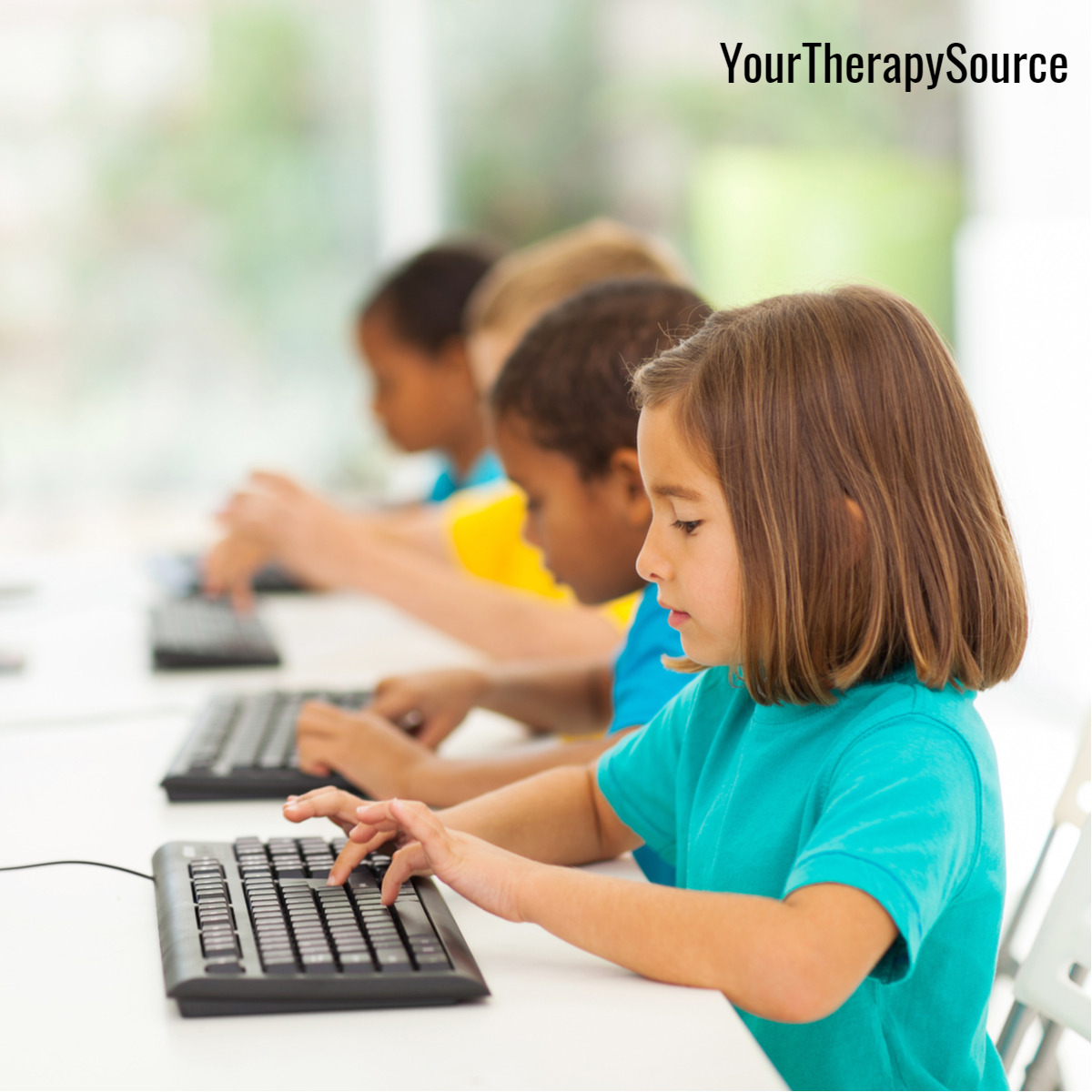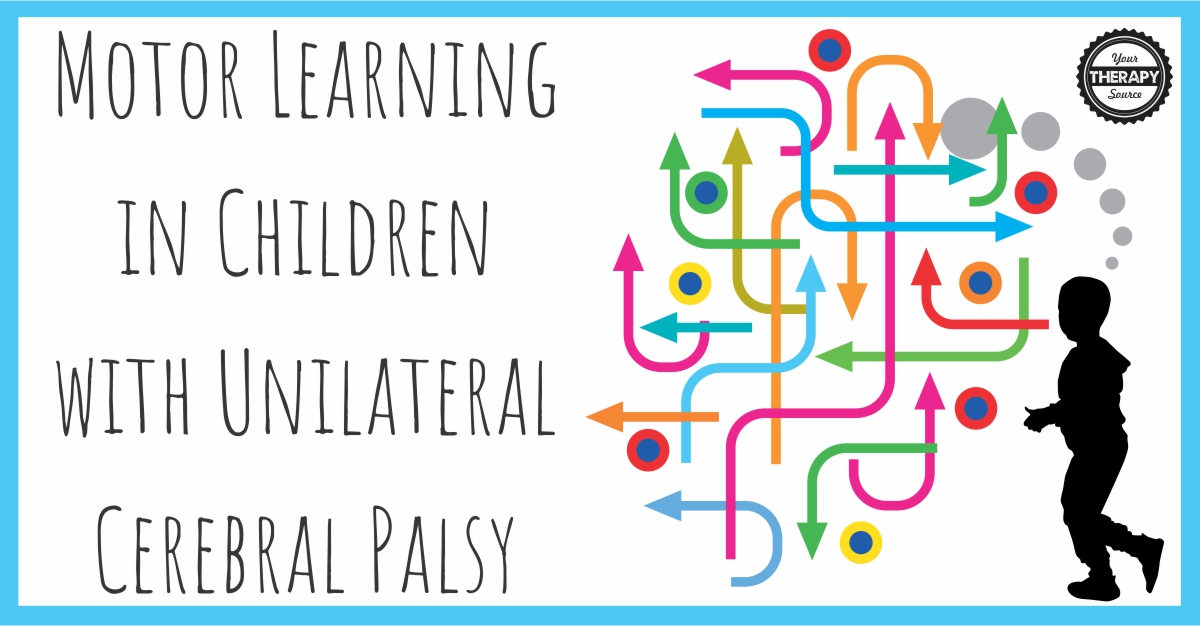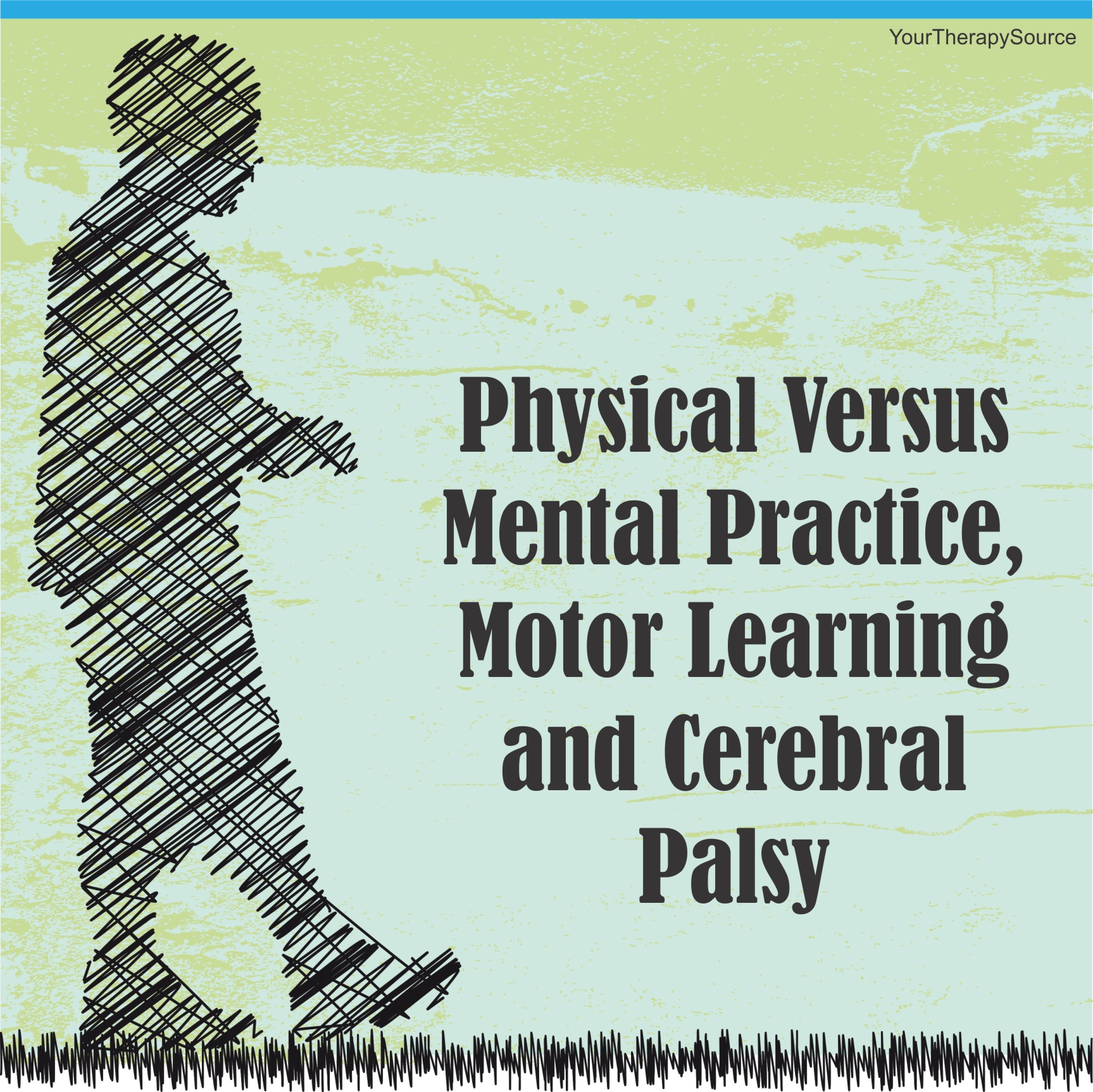Congruent Feedback – An Effective Teaching Strategy
Do you use effective teaching strategies like congruent feedback? It is an excellent tool to help children learn and improve motor skills. How Does Congruent Feedback Work? Here is how congruent feedback works. Pick a Skill Decide upon one step or motion of the skill that you and the child thinks needs improvement or […]

